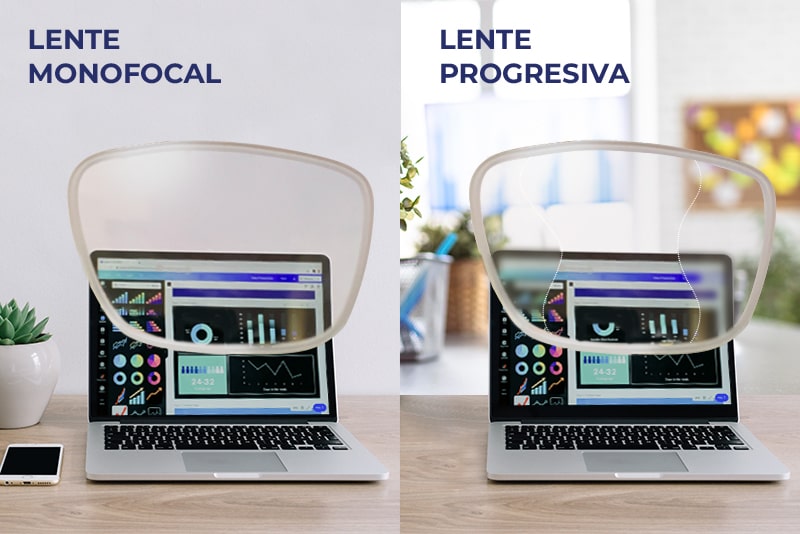Choose your safety glasses
Who should choose between monofocal and progressive spectacles?
19 de May de 2023
19 de May de 2023
 Prescription safety spectacles with progressive lenses, in addition to providing distance vision correction, offer a progressive magnification in the middle and lower part of the lens that allows the worker to compensate for the effects of presbyopia, and to continue to see objects at a near and/or intermediate distance with clarity. In short, they allow the worker to continue to maintain clear vision at all distances, neutralising the effects of presbyopia.You can learn more about different lens geometries and their differences in this video.At this point the question is clear: Who should choose the right type of lens for the worker? The answer is clear. It is the healthcare professional, optometrist or ophthalmologist, who should choose the most suitable geometry for the wearer, taking into account factors such as the type of visual work being performed, the need for correction, the wearer's anatomy, age and other relevant factors. Only the healthcare professional can help determine the best option for the wearer. In addition, the optometrist can help evaluate other factors, such as the fit of the lens and frame, the choice of the most appropriate treatment, the durability of the lens, the optimal fit of the frame to the wearer's physiognomy, and any other related concerns. In short, the optical professional is the person with the appropriate training to help choose the geometry of a lens for each wearer. The right choice of ophthalmic lens can have many advantages for the wearer. Choosing the most appropriate lenses provides better vision, reduces eyestrain and improves comfort. A good choice is essential to ensure optimal and safe vision. Choosing the right lenses for each wearer will improve quality of life and visual safety. At Pegaso, we have a wide network of optometrist opticians who carry out their health work and accompany users in the process of choosing the most suitable lens for their prescription safety spectacles.
Prescription safety spectacles with progressive lenses, in addition to providing distance vision correction, offer a progressive magnification in the middle and lower part of the lens that allows the worker to compensate for the effects of presbyopia, and to continue to see objects at a near and/or intermediate distance with clarity. In short, they allow the worker to continue to maintain clear vision at all distances, neutralising the effects of presbyopia.You can learn more about different lens geometries and their differences in this video.At this point the question is clear: Who should choose the right type of lens for the worker? The answer is clear. It is the healthcare professional, optometrist or ophthalmologist, who should choose the most suitable geometry for the wearer, taking into account factors such as the type of visual work being performed, the need for correction, the wearer's anatomy, age and other relevant factors. Only the healthcare professional can help determine the best option for the wearer. In addition, the optometrist can help evaluate other factors, such as the fit of the lens and frame, the choice of the most appropriate treatment, the durability of the lens, the optimal fit of the frame to the wearer's physiognomy, and any other related concerns. In short, the optical professional is the person with the appropriate training to help choose the geometry of a lens for each wearer. The right choice of ophthalmic lens can have many advantages for the wearer. Choosing the most appropriate lenses provides better vision, reduces eyestrain and improves comfort. A good choice is essential to ensure optimal and safe vision. Choosing the right lenses for each wearer will improve quality of life and visual safety. At Pegaso, we have a wide network of optometrist opticians who carry out their health work and accompany users in the process of choosing the most suitable lens for their prescription safety spectacles.